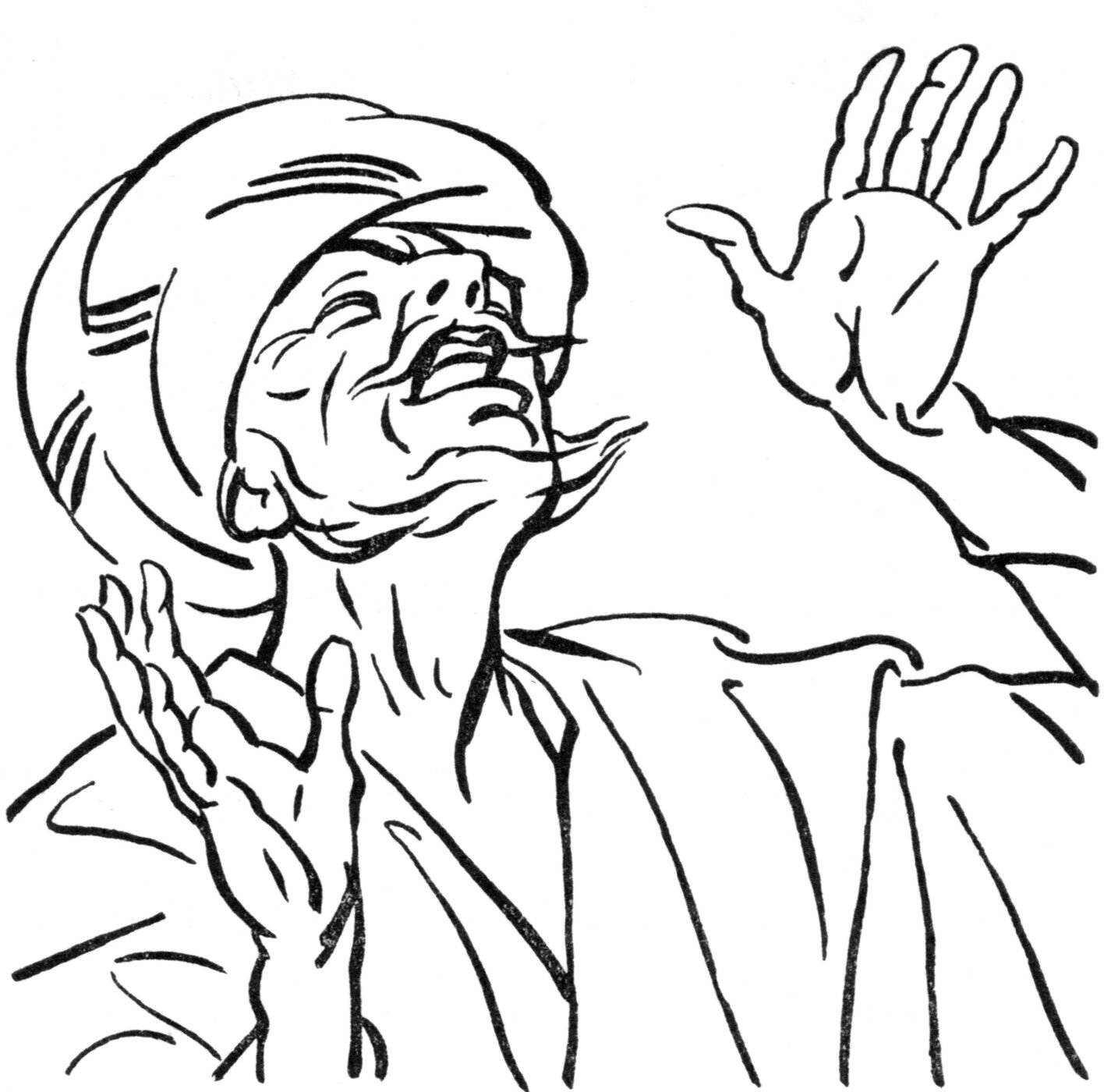Chapter XXVIII: Concerning the Manner of the Shah's Reception: Of the Present Made Him, and the Conversation Which Ensued

Upon this the poet, who had hitherto remained silent, his mind apparently absorbed in thought, exclaimed, “Whatever the king hath ordained is only and additional proof of his beneficence and condescension; and then in a very good voice he sung:
The firmament possesses but one sun, and the land of Irak but one king.
Life, light, joy, and prosperity attend them both wherever they appear.
The doctor may boast of his medicine; but what medicine is equal to a glance from the king’s eye?
Scrolls can be more than just another fire-and-forget magic item. They can be treasures in their own right, as unique as the arcane scribes who created them. To bring more flavor an flexibility to your campaign, we present to you a table of random special features to bring new life into your scrolls. Whenever your players come across a new scroll, simply roll on the table below to see what sets it apart from the rest.
1d10
- Illuminated: The scroll is delicately illuminated with hand-painted letters and detailed illustrations in the margins. Double the base price for this scroll.
- Augmented: The scroll is fortified with additional runes, sigils, and diagrams all rendered in rare inks. All variable numeric effects of the spell are maximized as per the metamagic feat Maximize Spell. Increase the cost of the scroll by 50%.
- Cased: The scroll is packed in an elegant case made from oiled wood banded in polished bronze. The case is sturdy and protects its contents from mundane harm and environmental hazards (hardness 7, 4 hit points, Break DC 17). The case is worth 5gp on the open market.
- Double Sided: The scroll has a second spell inscribed upon the surface opposite to the main page. This is a random spell of the same school as the main spell but of a lower level (minimum 0). When either spell is cast it vanishes from the page, the entire scroll only being destroyed when both spells have been cast. Increase the cost of this scroll by 75%.
- User Friendly: The scroll contains detailed instructions in the margins explaining its purpose and procedure for casting all written in utilitarian common. The scroll does not need to be deciphered before being cast. It does whatever it says it does.
- Gold Leif: The scroll is made from a single sheet of hammered gold, each glyph and rune inscribed by a master artisan. Double the cost of the scroll.
- Battle Scarred: The scroll has seen better days, its edges burned by dragon fire and its writing obscured by slime, blood, and stranger stains. Increase the DC to decipher the scroll by 5. Any attempt to cast read magic on the scroll suffers a 15% chance of spell failure. Any attempt to cast the scroll's spell suffers a 10% chance of spell failure. Decrease the cost of the scroll by 25%.
- Rare Vellum: The scroll is made from rare vellum. There is an equal chance this vellum is made from owlbear, dire wolf, beholder, wyvern, or human hide. The vellum is esthetically pleasing, sturdy, pleasant to hold. Increase the cost of the scroll by 35%.
- Rollers: The scroll is rolled tightly around a wooden roller, protecting the scroll and making it somewhat easier to use. Increase the cost of the scroll by 10%. There is a 50% chance this roller conceals a hidden function. If so, there is an equal chance the roller conceals a masterwork arrow, a masterwork dagger, or a sunrod. Add the base cost of the concealed item to the scroll's cost when discovered.
- Rush Job: The scroll was hastily scribed using sub-standard materials, possibly the world of an apprentice wizard working on a tight deadline. The spell cast from the scroll has a 20% chance of spell failure. If the spell fails, there is also a 20% chance the scroll casts the opposite of the intended spell. Decrease the cost of the spell by 25%.
Following is an article by author Marcus L. Rowland, titled "Stop, Thief!! The Thieves' Tool Kit in D&D," which appeared in the September 1983 issue of White Dwarf magazine. This was exactly the sort feature for which I bought game magazines like this and Dragon, and after we streamed our recent "d-Infinity Live!" episode on "The Art of the Steal" I recalled it and decided to find and post it here for others to enjoy. The image associated with it appears to have been by fantasy artist Trevor Hammond.
No. Enc: 1d3
Alignment: Neutral
Movement: 150’ (50’)
AC: 0
HD: 16
Attacks: 2 claws and 1 bite
Damage: 2d8+10 / 2d8+10 / 3d10+10
Save: L16
Morale: 9
Hoard Class: Incidental
No. Enc: 1d12
Alignment: Chaotic
Movement: 30’ (10’)
AC: 6
HD: 4
Attacks: 1 pseudopod
Damage: 1d3 plus poison
Save: L4
Morale: N/A
Hoard Class: N/A
Following is the fifth chapter of "Colossus of Ylourgne," a 1934 novella by author Clark Ashton Smith that is set in his land of Averoigne, a dark fantasy version of a medieval province in southern France. This engaging and lurid story has influenced role-playing game development more than many people might expect, both credited and uncredited. This story has three more chapters and we will post another every week or so. We hope you enjoy it! And if you have not already, you can read Chapter 1: Flight of the Necromancer, Chapter 2: Gathering of the Dead, or Chapter 3: Testimony of the Monks, or Chapter 4: Going Forth of Gaspard du Nord.




